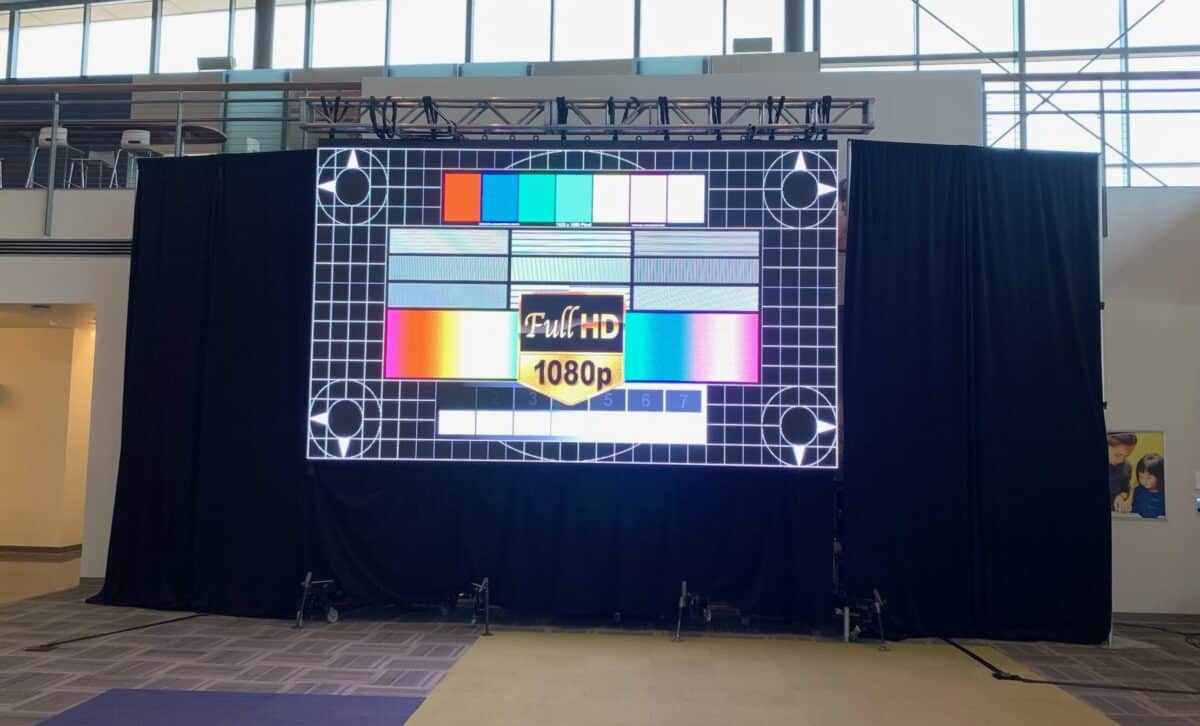Mastering Color Precision in LED Display Adjustment for Stunning Graphic Displays
Mastering Color Precision in LED Display Adjustment for Stunning Graphic Displays
Blog Article
Color precision is crucial for producing breathtaking graphic presentations, particularly when employing LED screens. These massive displays are frequently found in places like concert venues, athletic arenas, and promotional billboards. When the hues on an LED screen are not correct, the visuals can look dull or distorted, which can affect the overall experience for viewers. Therefore, perfecting color accuracy in LED wall calibration is crucial for achieving lively and realistic images.
The initial step in guaranteeing color precision is understanding how LED technology works. LEDs, or light-emitting diodes, produce light in multiple shades by mixing red, green, and blue (RGB) light. Each dot on an LED screen is made up of these three hues. When calibrated correctly, the combination of RGB can produce a broad range of colors. However, if one hue is too intense or too faint, it can throw off the entire display. This is why tuning is needed to equalize the colors and reach the desired visual effect.
Calibration involves modifying the settings of the LED wall to make sure that the colors displayed match the initial content as nearby as feasible. This process usually includes using specific software and hardware Recommended Site instruments. Technicians often use color assessment devices, such as spectrophotometers, to examine the colors being shown. By comparing the assessed colors to standard color standards, they can make precise adjustments. This ensures that the colors are not only lively but also consistent across the whole screen.
Another crucial aspect of color precision is understanding the environment in which the LED screen is used. Elements such as ambient light can considerably impact how hues look. For example, a well-lit lit room may fade colors, making them look not as vibrant. To mitigate this, technicians may adjust the luminosity and contrast settings of the LED screen. Additionally, they may choose particular color profiles that are more suited for various lighting conditions. This flexibility helps maintain color precision irrespective of the viewing surroundings.
Finally, regular upkeep and re-tuning are essential for keeping an LED screen looking its finest. Over time, the performance of LEDs can alter due to elements like aging and heat fluctuations. Frequent checks and adjustments can help guarantee that the hues stay accurate and vibrant. By committing time in proper calibration and upkeep, venues can provide audiences with breathtaking visual displays that improve their overall experience. Perfecting color accuracy in LED wall tuning is not just a mechanical task; it is an art that adds to the magic of visual narration.